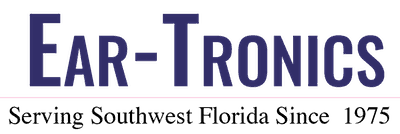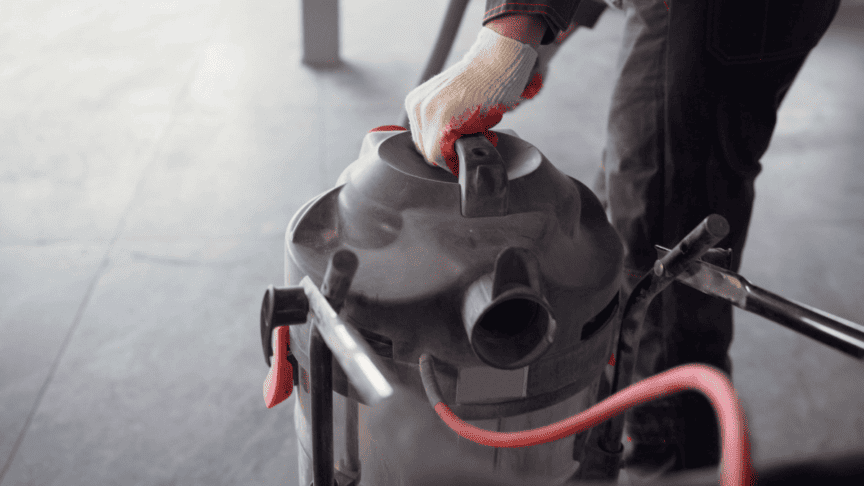Our homes are filled with everyday sounds, some harmless and others potentially harmful to our hearing. While we often think of loud concerts or construction sites as sources of hearing damage, it’s essential to recognize that common household items can also contribute to hearing loss.
Hair Dryers and Blow Dryers
Hair dryers, especially when used close to your head and in high heat settings, can produce noise levels that may exceed safe thresholds. Consider using ear protection or opting for quieter models to mitigate the risk.
Vacuum Cleaners
The persistent hum of vacuum cleaners may seem harmless, but prolonged exposure to the noise generated by these appliances can contribute to hearing damage over time. Earplugs or earmuffs can be used while cleaning to reduce the impact.
Blenders and Food Processors
Blending and food processing appliances can produce high-frequency sounds that may pose a risk to hearing health. Use these appliances in well-ventilated areas and consider noise-reducing options.
Headphones and Earbuds
Listening to music or podcasts through earbuds at high volumes can lead to noise-induced hearing loss. Opt for over-ear headphones, limit listening time, and follow the 60/60 rule – no more than 60% volume for a maximum of 60 minutes.
Smartphones and Tablets
The convenience of smartphones and tablets comes with potential risks to hearing. Be cautious when using these devices for extended periods, especially during phone calls. You can consider using speakerphone or hands-free options to reduce direct exposure to the ears.
Home Entertainment Systems
High-volume home theaters and sound systems can create an immersive experience but also pose a risk to hearing. Control the volume, use soundproofing materials in entertainment spaces, and take breaks during extended viewing sessions.
Power Tools
Common household power tools, such as drills, saws, and sanders, generate loud noises that can cause hearing damage with prolonged exposure. Always wear hearing protection when operating power tools and take breaks to minimize continuous exposure.
Lawn Equipment
Lawnmowers, trimmers, and leaf blowers produce significant noise, especially gas-powered models. Use earmuffs or earplugs while operating these tools, and consider investing in quieter, electric alternatives.
Musical Toys
Many children’s toys, including musical instruments and electronic toys, can produce loud sounds. Be mindful of the noise level of such toys and consider removing batteries or using tape to lower the volume if necessary.
Cap Guns and Firecrackers
The sudden, explosive sounds produced by cap guns and firecrackers can be harmful to young ears. Limit exposure to these toys, and consider providing ear protection during playtime.
Protecting Your Hearing at Home
Invest in quality hearing protection, such as earplugs or earmuffs, and use them when engaging in activities that involve potentially harmful noise levels. This will help safeguard your hearing at home.
- Follow the 60/60 Rule: Adhere to the 60/60 rule when using personal audio devices – limit the volume to 60% and the duration to a maximum of 60 minutes to protect your hearing.
- Create Quiet Spaces: Designate quiet areas within your home where you can retreat from noisy activities. This allows your ears to rest and recover from exposure to loud sounds.
- Educate Family Members: Educate family members, especially children, about the potential risks associated with certain toys and activities. Foster an awareness of the importance of protecting hearing health from a young age.
- Schedule Breaks: Incorporate breaks into activities that involve consistent exposure to loud sounds. Taking short breaks allows your ears to recover and minimizes the risk of cumulative hearing damage.
- Choose Quieter Appliances: When purchasing household appliances or tools, consider models that are designed to operate quietly. Many modern appliances come with noise-reduction features that can contribute to a quieter home environment.
Regular Hearing Check-ups
Being aware of the potential sources of noise in your home is the first step toward protecting your hearing. By taking proactive measures, such as using hearing protection, choosing quieter appliances, and fostering an awareness of safe listening practices, you can create a home environment that promotes healthier hearing for you and your loved ones.
Schedule regular check-ups with a hearing health specialist to monitor your hearing health. Early detection of hearing issues allows for timely intervention and management. Visit us today to learn more about your hearing health.

